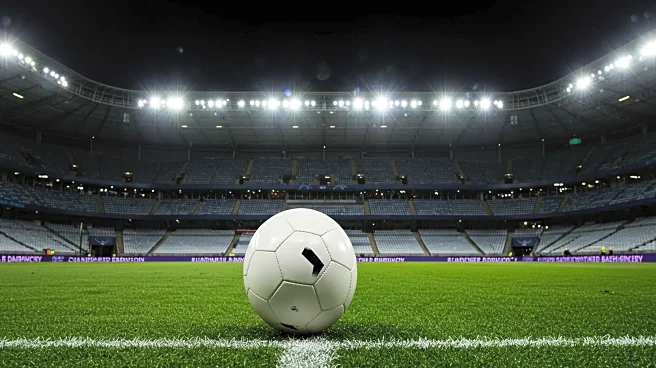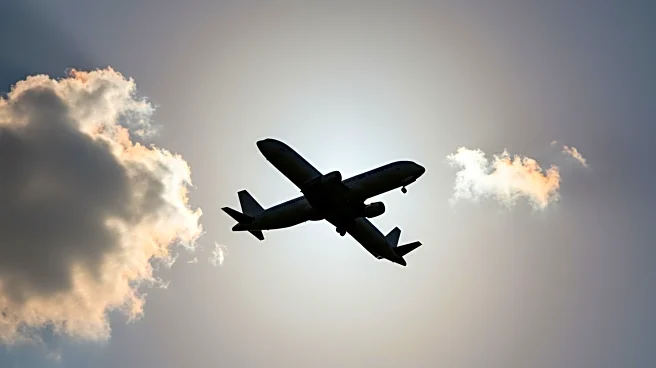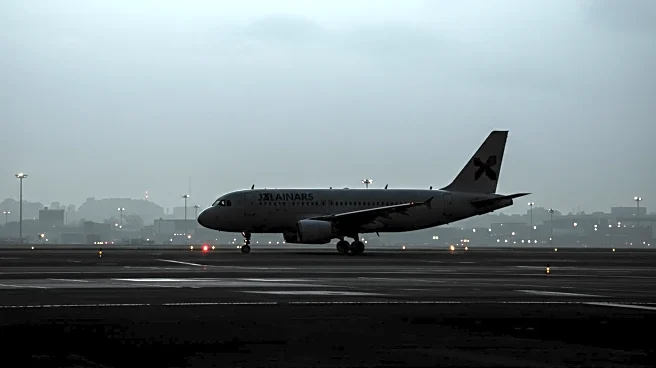What's Happening?
The National Hockey League (NHL) has released its 2025-26 preseason schedule, which will feature a total of 104 games over a 15-day period. The games will be played across 40 different venues, including both NHL arenas and neutral sites. The preseason is set to begin on September 20 and conclude on October 4. Each of the 32 NHL teams will host at least one game, with additional matches taking place in locations such as Abbotsford, Bakersfield, Boise, Hershey, Ontario, Orlando, and Quebec City. Notably, a split-squad doubleheader will occur in Denver, where the Colorado Avalanche and Utah Mammoth will compete at Magness Arena and later at Ball Arena. The regular season is scheduled to start on October 7, with a tripleheader broadcast on ESPN in the U.S. and on Sportsnet and TVA Sports in Canada.
Why It's Important?
The announcement of the NHL preseason schedule is significant as it sets the stage for the upcoming regular season, providing teams with the opportunity to evaluate their rosters and make necessary adjustments. The inclusion of neutral-site games helps to expand the league's reach and engage fans in non-traditional hockey markets. This preseason will also serve as a critical period for players to secure their positions on team rosters, especially for rookies and those returning from injuries. The schedule's release allows fans to plan their attendance and viewership, fostering excitement and anticipation for the new season. Additionally, the broadcasting of the regular season opener on major networks highlights the NHL's efforts to increase its visibility and audience engagement.
What's Next?
As the preseason approaches, teams will focus on training camps to prepare their players for the upcoming games. Coaches will assess player performances to finalize their rosters for the regular season. Fans can expect to see emerging talents and potential lineup changes as teams experiment with different strategies. The NHL will continue to promote the preseason games, particularly those held at neutral sites, to attract new fans and strengthen its presence in diverse regions. The league will also coordinate with broadcasters to ensure comprehensive coverage of the preseason and regular season games, aiming to maximize viewership and fan engagement.












